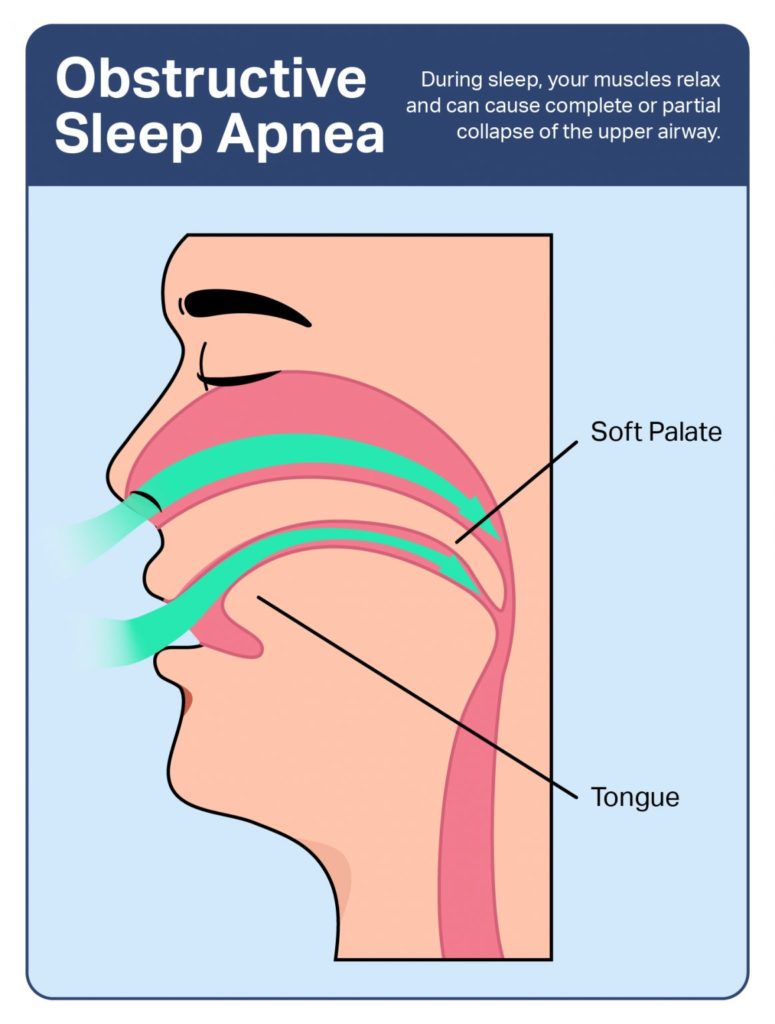The world of sleep apnea treatment options can be overwhelming, especially for those newly diagnosed. Sleep apnea is a condition where breathing repeatedly stops and starts during sleep, leading to fragmented rest and potential health complications if left untreated. While there is no single cure for sleep apnea, various treatments and lifestyle changes can significantly alleviate symptoms and improve overall quality of life.
Understanding Sleep Apnea: Causes and Symptoms
Sleep apnea affects millions globally, with obstructive sleep apnea (OSA) being the most common type. It occurs when the throat muscles relax excessively, blocking the airway and causing interruptions in breathing. Common symptoms include loud snoring, gasping for air during sleep, morning headaches, excessive daytime sleepiness, and difficulty concentrating.
Undiagnosed sleep apnea is directly tied to an increased risk of cardiovascular and metabolic health issues. The scariest part? Many people may not even realize they have this very common problem, as symptoms often occur during sleep.
Treatment Options for Sleep Apnea
Treating sleep apnea involves addressing its underlying causes and improving airflow during sleep. Here are some effective treatment options:
Continuous Positive Airway Pressure (CPAP): A CPAP machine is one of the most widely used treatments for sleep apnea. It delivers a steady stream of pressurized air through a mask worn over the nose or mouth, keeping the airways open throughout the night. For many, it’s a life-changing solution, though some users may find it uncomfortable at first.
Bilevel Positive Airway Pressure (BiPAP): If you’re struggling with exhaling against the pressure of a CPAP machine, a BiPAP might be a better fit. This device provides two levels of pressure—one for inhalation and another for exhalation—making it easier to breathe.
Oral Appliances: Custom-fitted oral devices can help reposition the jaw or tongue to keep the airway open. These appliances are particularly useful for individuals with mild to moderate sleep apnea or those who cannot tolerate CPAP therapy.
Surgical Interventions: In cases where structural abnormalities contribute to sleep apnea, surgery may be considered. Procedures like uvulopalatopharyngoplasty (UPPP), tonsillectomy, or hyoid suspension aim to remove excess tissue or adjust anatomical structures to improve airflow.
Lifestyle Changes to Manage Sleep Apnea
In addition to medical interventions, adopting healthier habits can complement treatment and reduce sleep apnea severity:
Weight Management: Excess weight is a significant risk factor for sleep apnea. Studies show that losing even a modest amount of weight can dramatically improve symptoms and, in some cases, eliminate them altogether.
Regular Exercise: Physical activity not only aids in weight loss but also strengthens respiratory muscles, promoting better breathing patterns during sleep.
Positional Therapy: Sleeping on your side instead of your back can prevent the tongue and soft palate from collapsing into the airway. Special pillows or positional devices can help maintain this posture.
Avoiding Alcohol and Sedatives: These substances relax the throat muscles, worsening sleep apnea. Limiting their consumption, especially before bedtime, can make a noticeable difference.
Home Remedies for Sleep Apnea
While home remedies alone may not fully resolve severe cases of sleep apnea, they can enhance comfort and support other treatments:
- Body Positioning Pillows: Designed to encourage side sleeping, these pillows help reduce episodes of interrupted breathing.
- Nasal Strips: Adhesive strips placed across the nose can widen the nasal passages, facilitating easier breathing.
- Yoga and Breathing Exercises: Practices that focus on deep breathing and relaxation can strengthen lung capacity and promote restful sleep.
Can Sleep Apnea Be Cured?
The answer depends on how you define “cure.” Unfortunately, there is no one-size-fits-all solution that instantly eliminates sleep apnea. However, many patients experience significant improvement or complete resolution of symptoms through a combination of lifestyle modifications, medical treatments, and adherence to prescribed therapies.
For instance, weight loss has been shown to completely reverse sleep apnea in some individuals. Similarly, consistent use of CPAP or other devices can effectively manage symptoms, allowing for restorative sleep and improved daytime functioning.
Conclusion
Sleep apnea is a serious condition that requires attention and proactive management. Whether through lifestyle adjustments, advanced technology, or surgical intervention, there are numerous ways to address its impact on your health and well-being. If you suspect you have sleep apnea, consult a healthcare professional for an accurate diagnosis and personalized treatment plan. Remember, taking control of your sleep is the first step toward reclaiming your energy, focus, and vitality.

